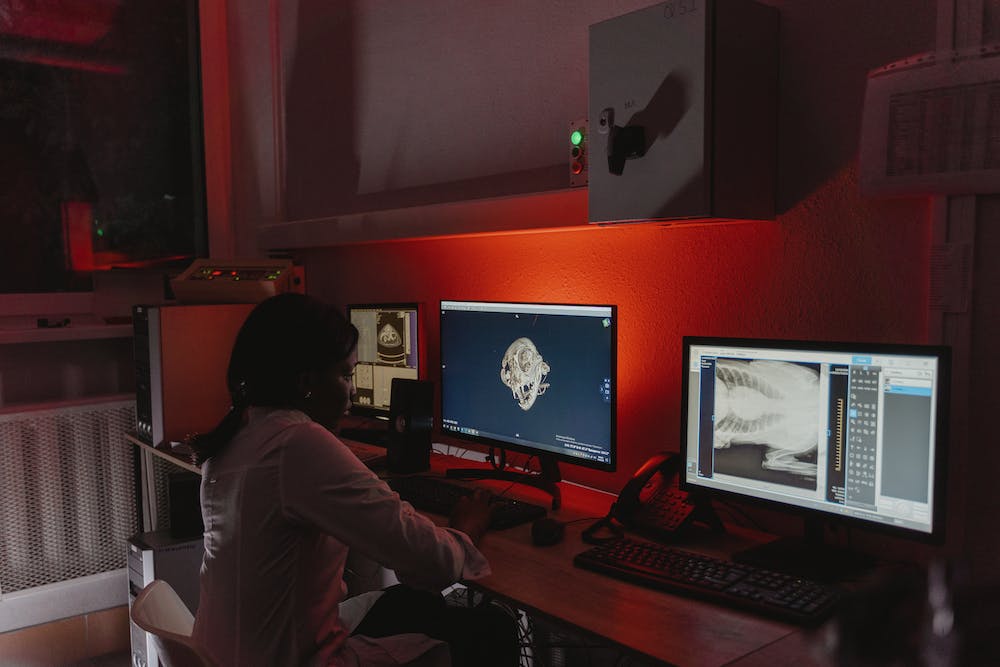
The Evolution of Optical Character Recognition (OCR) technology
Introduction
Optical Character Recognition (OCR) technology has revolutionized the way we process and manage text-based information. From its inception in the mid-20th century to the sophisticated systems available today, OCR technology has come a long way in improving data entry accuracy, document processing efficiency, and overall document management. This article explores the evolution of OCR technology and its significant milestones throughout the years.
Early Beginnings
The roots of OCR technology can be traced back to the late 1920s when Emanuel Goldberg, an engineer and inventor, developed a machine that could read characters optically and convert them into electrical signals. This machine, named the “Statistical Machine,” marked the first steps toward automating the recognition of printed text. However, due to technical limitations and high costs, the potential of OCR remained largely untapped for several decades.
The Emergence of Machine Learning
The 1970s witnessed a major breakthrough in OCR technology with the introduction of machine learning algorithms. With the advent of computers capable of processing vast amounts of data, researchers were able to develop more sophisticated OCR systems using pattern recognition techniques. These systems could learn from a vast number of sample characters, enabling them to recognize and categorize new characters accurately.
The Rise of Handwriting Recognition
While OCR initially focused on printed text, the early 1990s saw the emergence of handwriting recognition technology. Researchers developed algorithms that could analyze and interpret handwritten text, paving the way for OCR technology to be applied to banking, postal services, and other sectors that relied heavily on handwritten data.
Improved Accuracy with Neural Networks
The late 1990s saw a significant improvement in OCR accuracy with the introduction of neural network algorithms. These algorithms were designed to mimic the functioning of the human brain, enabling OCR systems to better understand and interpret different fonts, sizes, and styles of text. This breakthrough led to a surge in the adoption of OCR technology across various industries.
The Advent of Mobile OCR
The widespread availability of smartphones with high-resolution cameras opened up new possibilities for OCR technology. Mobile OCR applications emerged, allowing users to capture and extract text from images on their mobile devices. These applications served as powerful tools for digitizing documents, enhancing productivity, and enabling quick information retrieval on the go.
The Role of Artificial Intelligence
Recent advancements in artificial intelligence (AI) have further propelled the evolution of OCR technology. AI-powered OCR systems can now recognize characters with even greater accuracy, even in challenging environments such as low-light conditions or heavily degraded documents. Furthermore, AI algorithms can learn and adapt in real-time, constantly improving OCR accuracy and efficiency.
Conclusion
The evolution of OCR technology has revolutionized the way information is processed, managed, and shared. From its humble beginnings in the early 20th century to the AI-powered systems of today, OCR technology has continually pushed boundaries and overcome challenges. With enhanced accuracy, improved speed, and extensive application possibilities, OCR technology has become an indispensable tool for industries and individuals alike.
FAQs
1. How does OCR technology work?
OCR technology works by analyzing and interpreting visual data, such as text, from a scanned document or image. IT uses machine learning algorithms and pattern recognition techniques to identify and convert characters into machine-readable formats.
2. What are the applications of OCR technology?
OCR technology finds applications in various industries, including banking, healthcare, insurance, legal, and logistics. IT is used for automated data entry, document processing, forms recognition, ID verification, and more.
3. Can OCR technology recognize handwritten text?
Yes, OCR technology can recognize handwritten text. Handwriting recognition algorithms analyze the shape, structure, and strokes of handwritten characters to convert them into digital format.
4. Are OCR systems accurate?
Modern OCR systems are highly accurate, with accuracy rates reaching up to 99%. However, the accuracy can be influenced by factors such as the quality of the scanned document, font styles, and possible image distortions.
5. Can OCR technology process multiple languages?
Yes, OCR technology can process text in multiple languages. OCR systems can be trained with language-specific datasets to accurately recognize and interpret characters from various languages.
6. How has mobile OCR impacted document management?
Mobile OCR applications have made document management more convenient and efficient. Users can now capture and process documents on the go, eliminating the need for physical paperwork, improving productivity, and enabling quick information retrieval.
In conclusion, the evolution of OCR technology has revolutionized the world of document processing and management. From its early beginnings to the AI-powered systems of today, OCR technology has constantly advanced in accuracy and versatility. As technology continues to advance, the future of OCR holds immense potential for further streamlining data entry processes, enhancing document accessibility, and enabling smarter information management.





